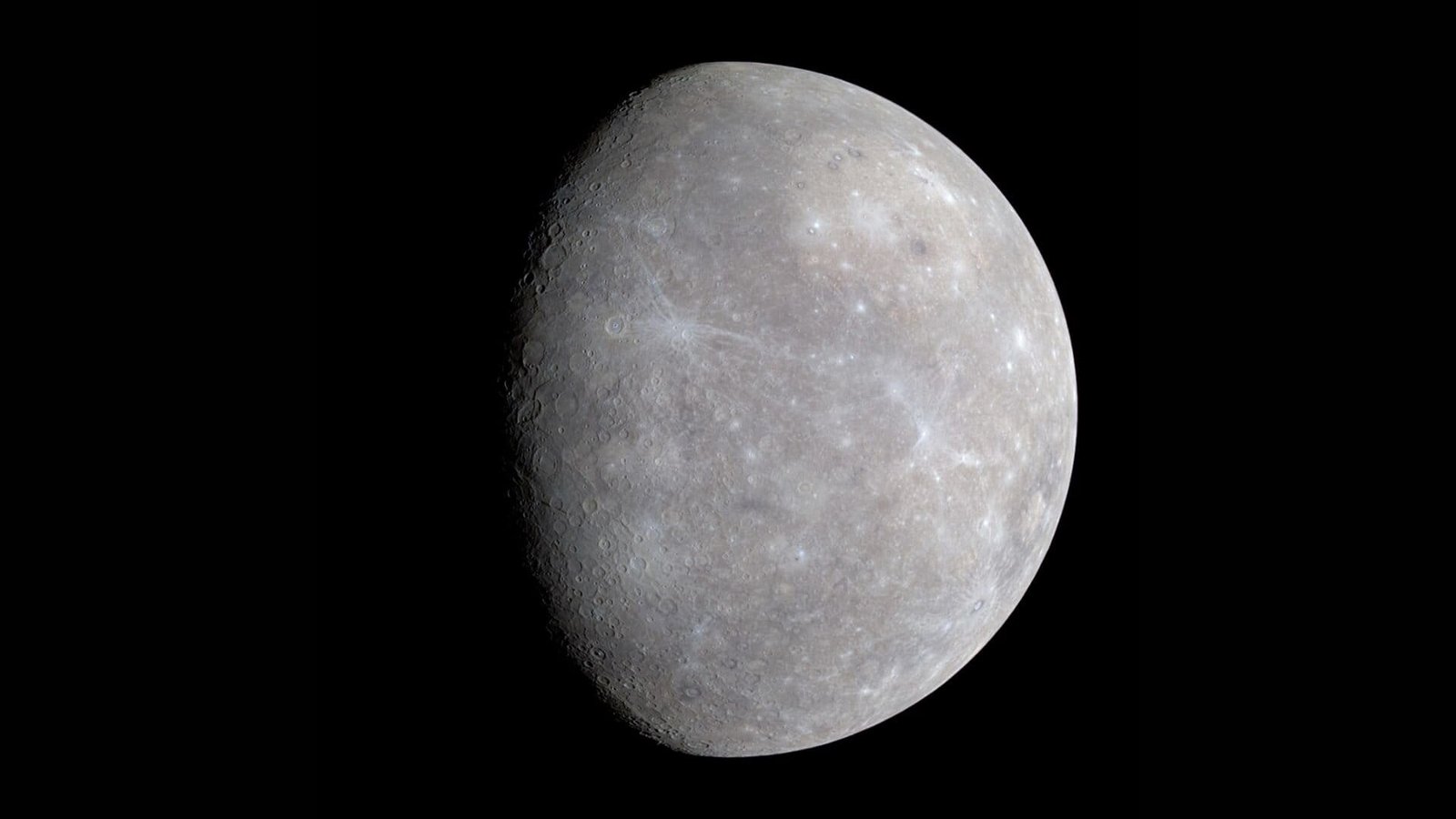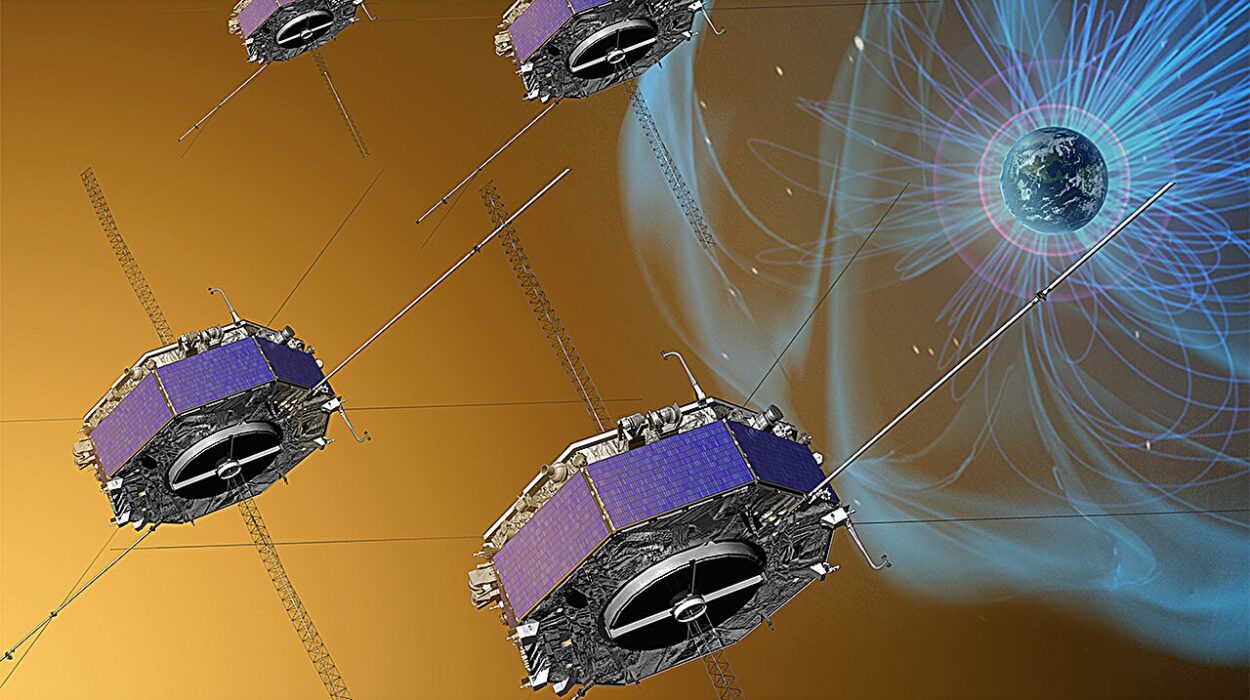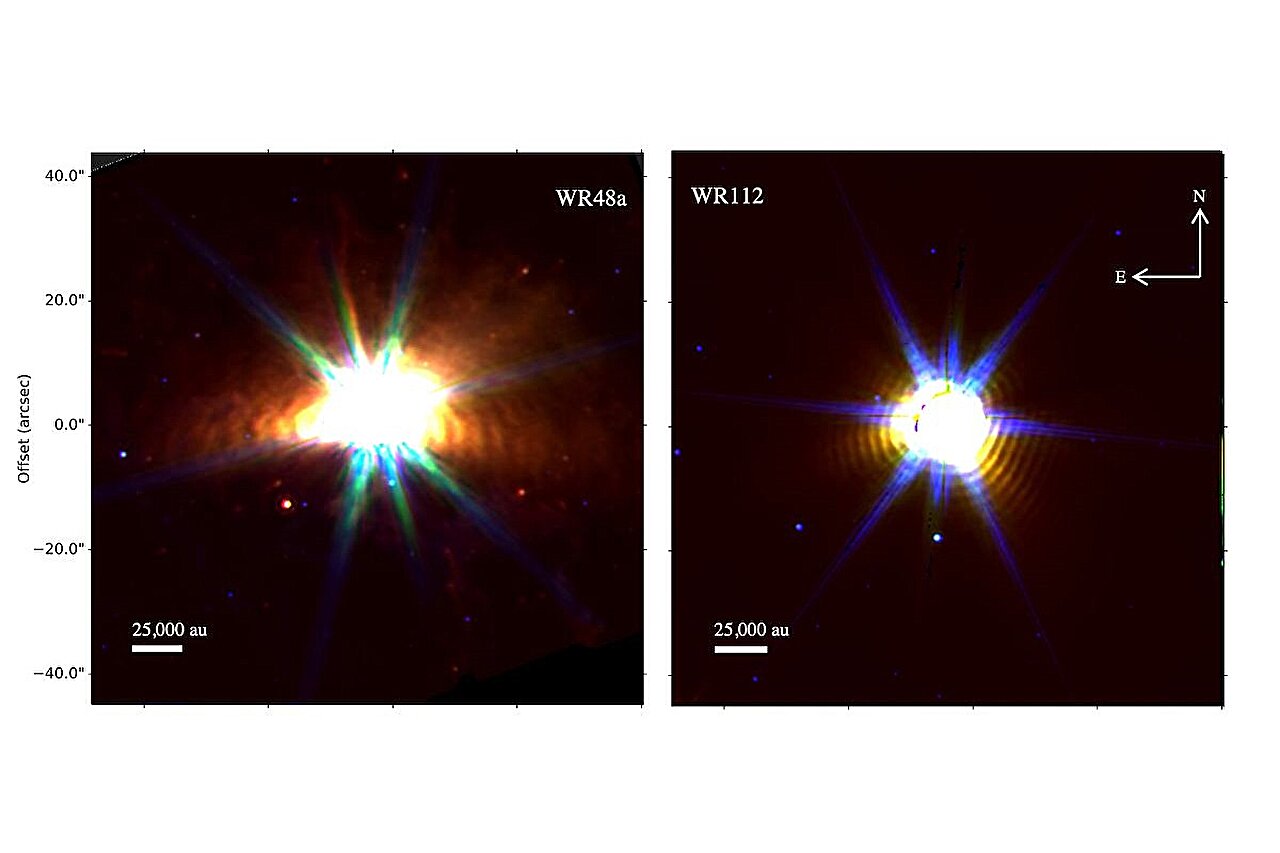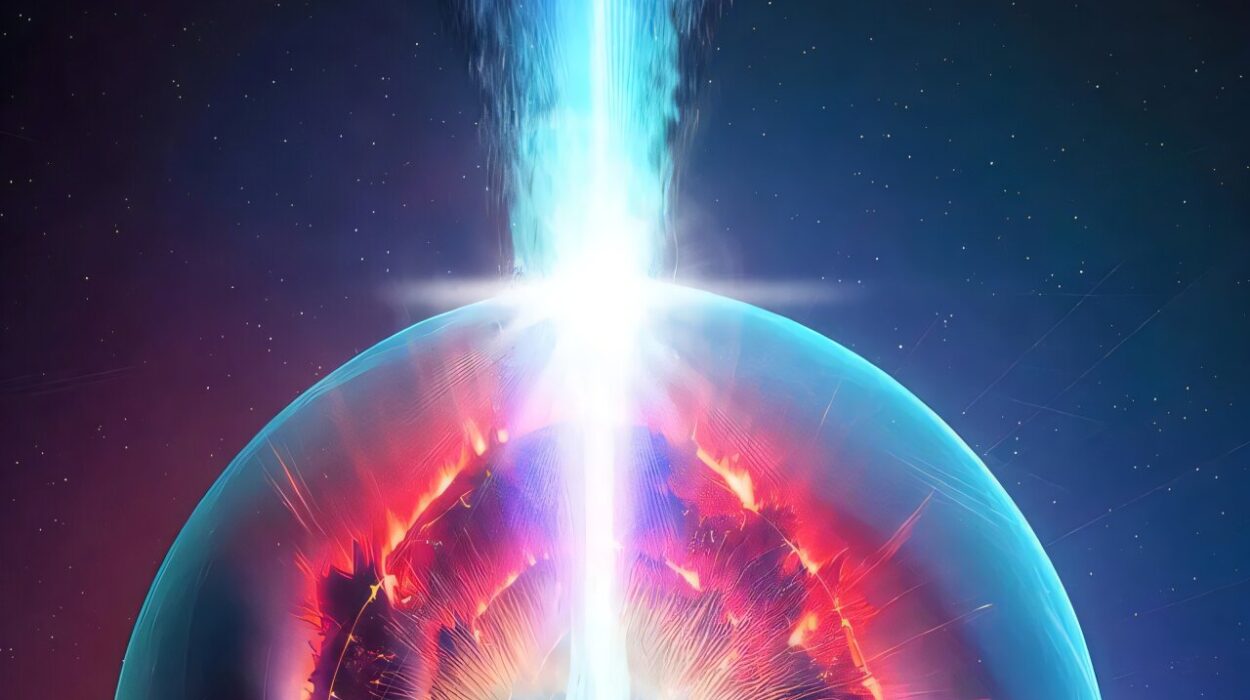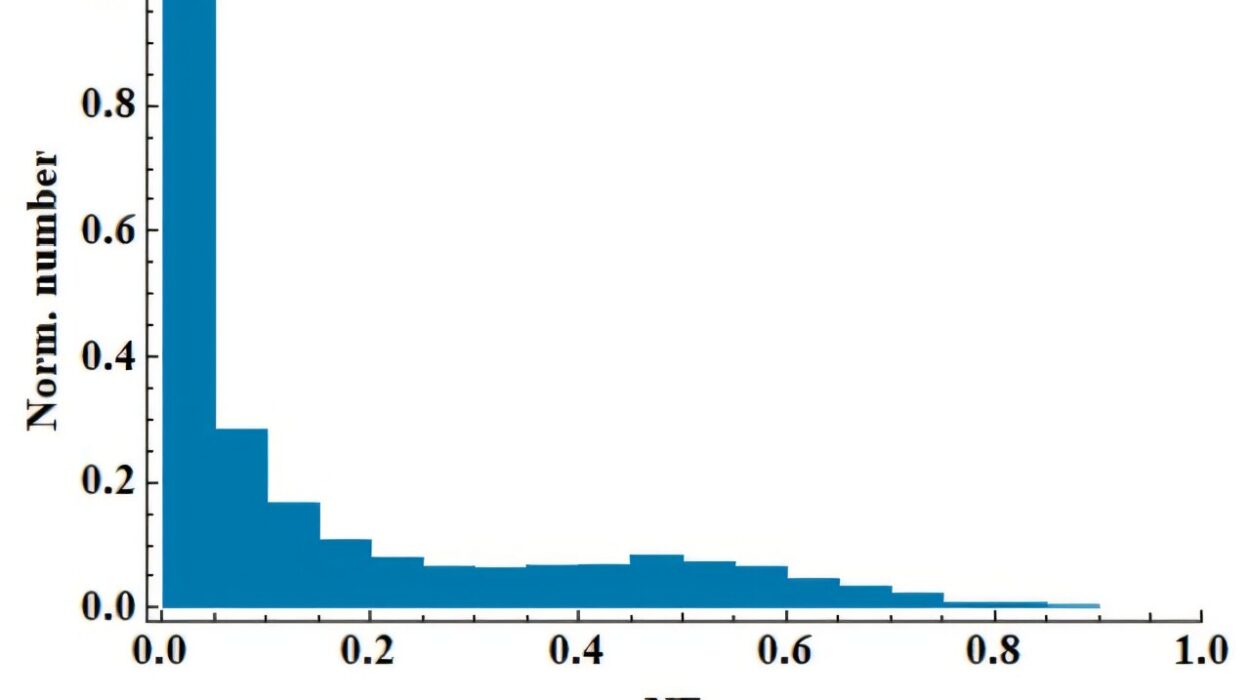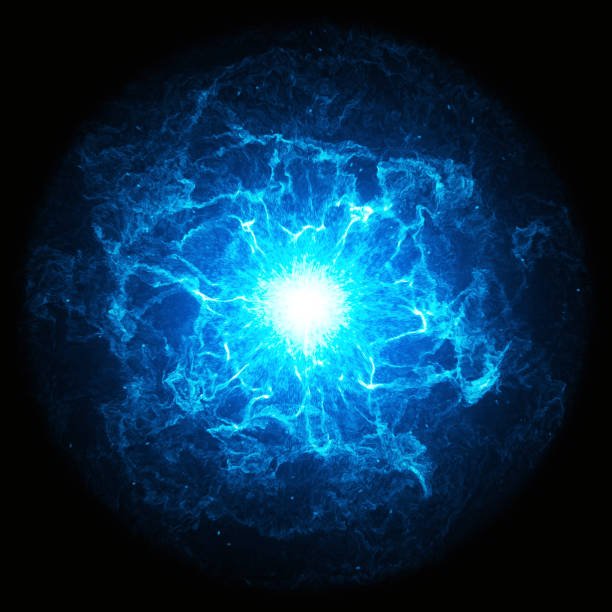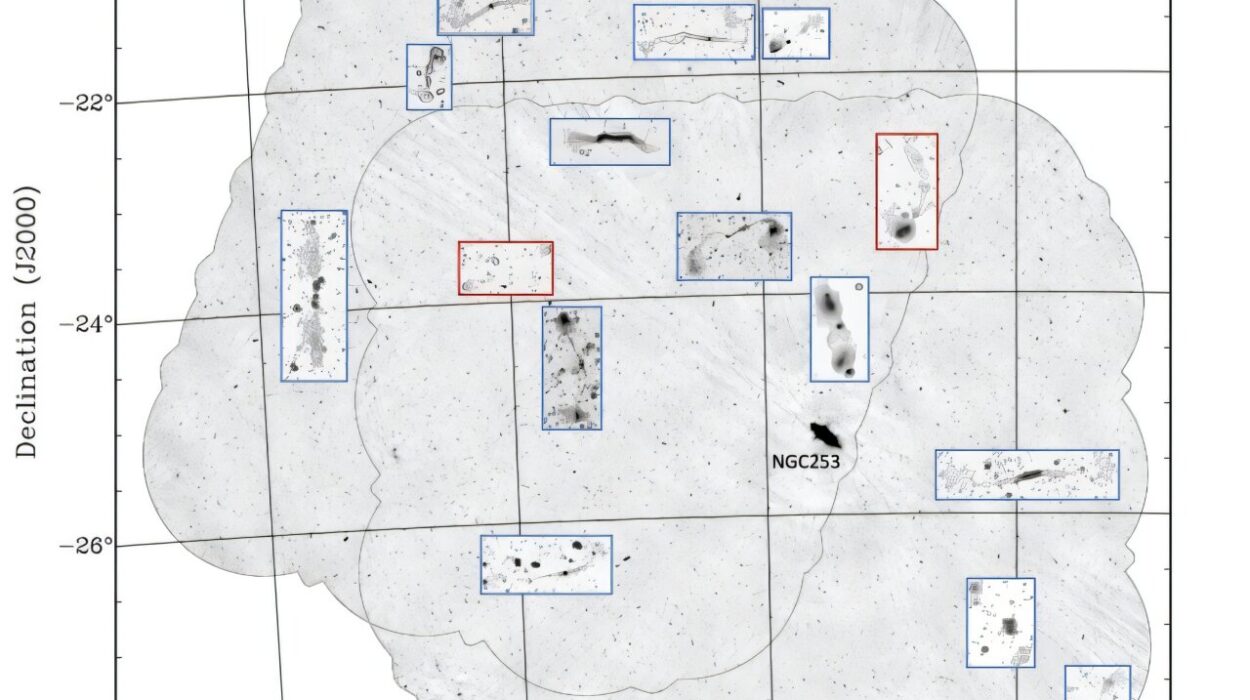Mercury, the smallest and innermost planet in our solar system, is a place where the Sun never blinks. Baked by solar radiation and stripped by solar winds, it seems, at first glance, like a planetary skeleton—silent, scorched, and airless. But appearances can be deceptive.
Invisible to the human eye, Mercury has a kind of ghost atmosphere—a whisper-thin veil of gas known as an exosphere. It is so delicate that the molecules within it almost never collide, behaving more like particles in deep space than air in motion. For decades, scientists have studied this faint environment using spacecraft like Mariner 10 and NASA’s MESSENGER. These missions revealed traces of common elements like hydrogen, sodium, potassium, and iron drifting across Mercury’s exosphere. But one mystery lingered: where was lithium?
As an alkali metal, lithium should have appeared alongside potassium and sodium. The laws of chemistry and the story of planetary formation predicted its presence. Yet despite exhaustive efforts using direct sampling instruments and Earth-based telescopes, no trace of lithium had ever been found.
Until now.
Hearing What Eyes Cannot See
A breakthrough arrived not through seeing, but by listening—to the invisible language of electromagnetic waves. Daniel Schmid and his research team at the Austrian Academy of Sciences took a radical approach to the problem. Instead of searching for lithium atoms or ions directly, they combed through years of magnetic field data from MESSENGER, looking for waves created by ionized lithium itself.
What they discovered was astonishing: electromagnetic tremors known as pick-up ion cyclotron waves, or ICWs—waves that ripple through space when newly ionized particles are swept up by the solar wind. These waves carry a signature, an oscillation frequency that acts like a fingerprint. For lithium, this frequency is unique, tied precisely to its mass and charge.
These weren’t just generic electromagnetic ripples. They were, in effect, Mercury’s way of saying: Lithium was here.
From Rock to Space: Lithium’s Journey
To understand how these waves form, one must trace lithium’s unlikely journey—from deep within Mercury’s crust to its escape into the cosmos.
It begins with a neutral lithium atom embedded in the surface rock, lying dormant for millennia. Then comes an impact: a meteoroid traveling at breathtaking speed—up to 110 kilometers per second—strikes Mercury’s surface. The force of the collision creates an explosion, releasing a vapor cloud heated to temperatures as high as 5,000 Kelvin. At these extreme conditions, lithium atoms are launched into space, joining the planet’s exosphere.
Here, under the constant glare of the Sun, the neutral atoms are stripped of electrons by solar ultraviolet radiation, becoming lithium ions. Now charged, these ions interact with the solar wind—a stream of charged particles flowing outward from the Sun. The result is instability in the plasma environment, triggering oscillations. These are the ICWs, waves that announce the presence of lithium like a bell ringing in the void.
For Schmid and his team, identifying these waves was like tuning into a cosmic radio and suddenly hearing a new, long-sought frequency. In four years of magnetic data from MESSENGER, they found twelve distinct ICW events—each one lasting only a few minutes. Short, fleeting, but unmistakable.
A Fingerprint in the Storm
Unlike previous detection attempts that relied on direct observation of atoms or particles, ICWs allowed the scientists to infer lithium’s presence through its effect on the magnetic field. It’s a technique of breathtaking subtlety—one that doesn’t see the actor, but catches the tremor they leave behind.
Schmid explained that no previous instruments, whether orbiting Mercury or stationed on Earth, had managed to confirm lithium’s presence. It had remained elusive, either too rare or too scattered to be detected by conventional means.
But the ICWs told a different story. Lithium was not only there—it was active, released into the exosphere in short-lived bursts. The very nature of these bursts held a clue to their origin. They weren’t steady or slow. They came in spikes—coinciding with the brief, violent moments when Mercury was pummeled by meteoroids.
This provided a critical insight: the lithium wasn’t emerging from long-term solar heating or atmospheric processes. It was being ejected through impact—thrown into the sky by cosmic collisions.
Mercury’s Dynamic Skin
The discovery suggests that Mercury’s surface is far from static. Each meteoroid strike does more than scar the terrain—it breathes new elements into the exosphere, altering its composition. The very lithium now detected might have lain untouched for billions of years, only to be released by a rock no larger than a soccer ball.
These meteoroids, with radii between 13 and 21 centimeters and masses ranging from 28 to 120 kilograms, have an outsized impact. According to Schmid’s team, a single impact can vaporize up to 150 times more material than the meteoroid’s own mass. This explosive efficiency helps replenish Mercury’s exosphere and could play a role in shaping its long-term chemical evolution.
This realization changes how we understand planetary surfaces. Mercury, once seen as inert and stripped of volatiles, is now shown to be undergoing a continuous chemical renewal. It is not just losing atoms to space—it is gaining new ones, recycling old ones, and telling its story through magnetic signatures carried on solar winds.
A New Chapter in Planetary Science
Mercury’s high density and massive iron core once led scientists to believe it had lost most of its volatiles during early formation—either boiled away by its proximity to the Sun or stripped off during a massive impact. But that theory no longer aligns with current data. MESSENGER revealed abundant potassium, sodium, and sulfur on the planet’s surface. Now, with lithium confirmed, the case grows stronger.
Rather than being a lifeless husk of its former self, Mercury appears to have been continuously enriched over billions of years. Meteoroid bombardment doesn’t just erode; it also delivers. It doesn’t just destroy; it reveals.
This discovery reframes our understanding of not only Mercury but also other seemingly airless bodies in the solar system. If meteoroid impacts can inject lithium into Mercury’s exosphere, they can do the same elsewhere. The Moon, Mars, and asteroids may also experience volatile enrichment—not as relics from formation, but as gifts from space.
Evidence of this has already emerged from lunar studies, where scientists have found signs of similar processes. Now, the story is expanding, suggesting that planetary surfaces are shaped not just by their own birth, but by the countless cosmic collisions that follow.
Listening to the Universe in a New Way
Beyond its scientific implications, the lithium discovery showcases the power of indirect detection—of listening when we cannot see. By studying how particles disturb magnetic fields, researchers have unlocked a new tool for planetary exploration. This method may prove vital for exploring thin atmospheres or distant moons where landing a spacecraft or collecting particles directly remains impossible.
Just as seismologists learn about Earth’s core by measuring how waves pass through it, space physicists can now learn about distant worlds by reading the ripples in their electromagnetic fields.
For Mercury, this technique has revealed a voice it had kept hidden for decades. And that voice says: I am not done. I am not empty. I still carry the traces of ancient collisions, of solar storms, of a life etched in stone and plasma.
From Silence, a Symphony
In the stillness of space, Mercury seemed forgotten—overshadowed by the drama of Mars, the grandeur of Jupiter, or the intrigue of Saturn’s moons. But its story, told now through magnetic waves, is every bit as profound.
The detection of lithium in Mercury’s exosphere isn’t just a footnote in planetary science. It is a turning point—a reminder that even the quietest planets speak, if we learn to listen. Their whispers travel in frequencies we are only beginning to understand, carrying tales of fire, impact, and rebirth.
With every wave captured and every signal decoded, we are learning not just about Mercury, but about the dance of matter and energy across the solar system. We are learning that even in the emptiest skies, there are stories waiting to be heard.
Reference: Daniel Schmid et al, Detection of lithium in the exosphere of Mercury, Nature Communications (2025). DOI: 10.1038/s41467-025-61516-4.
